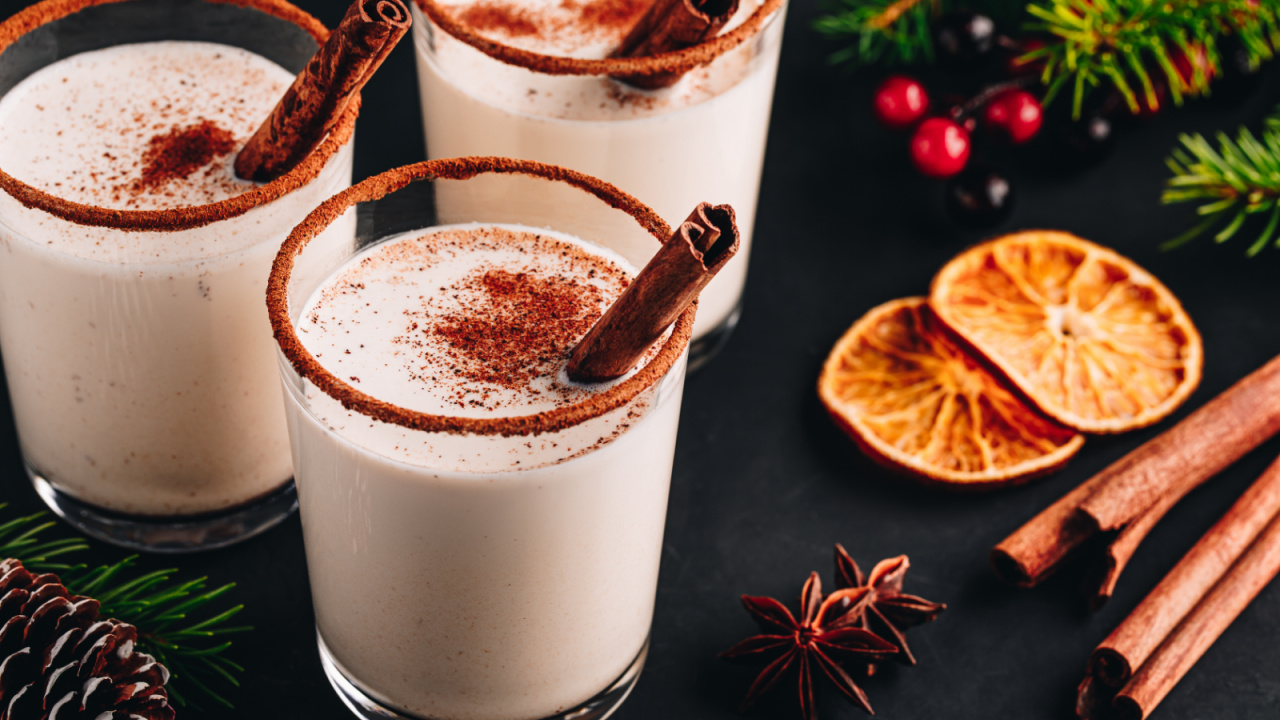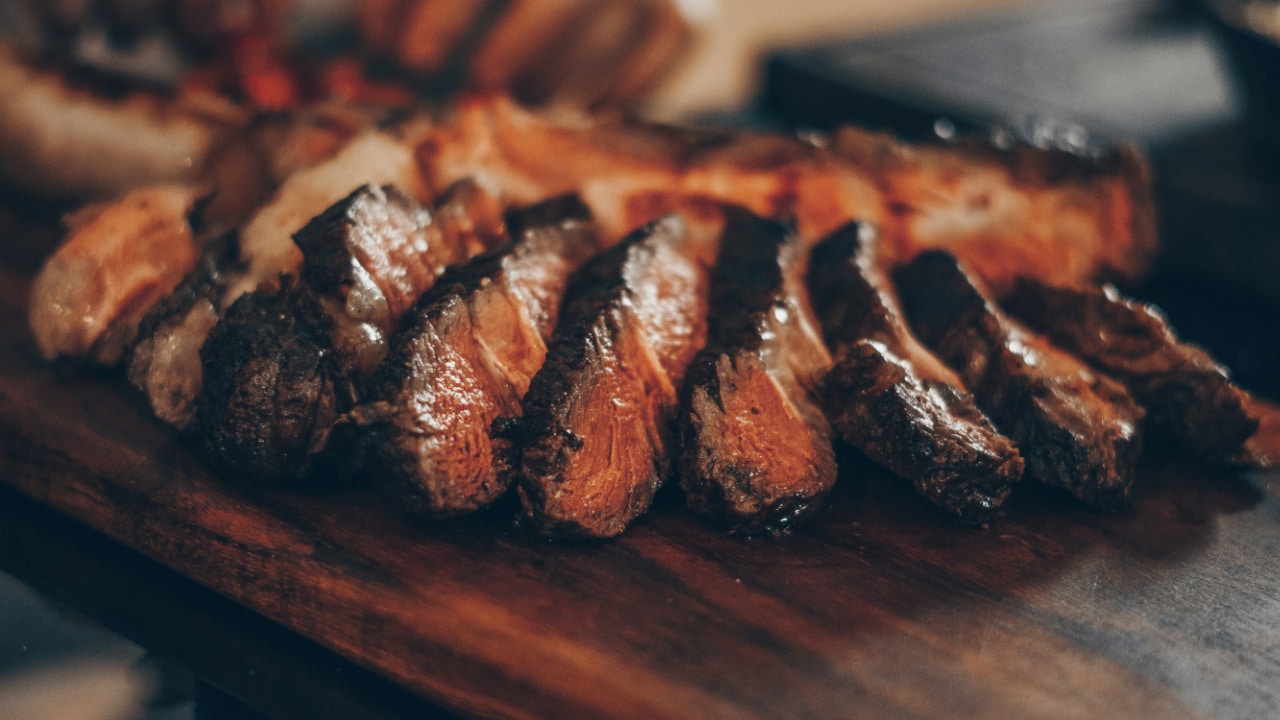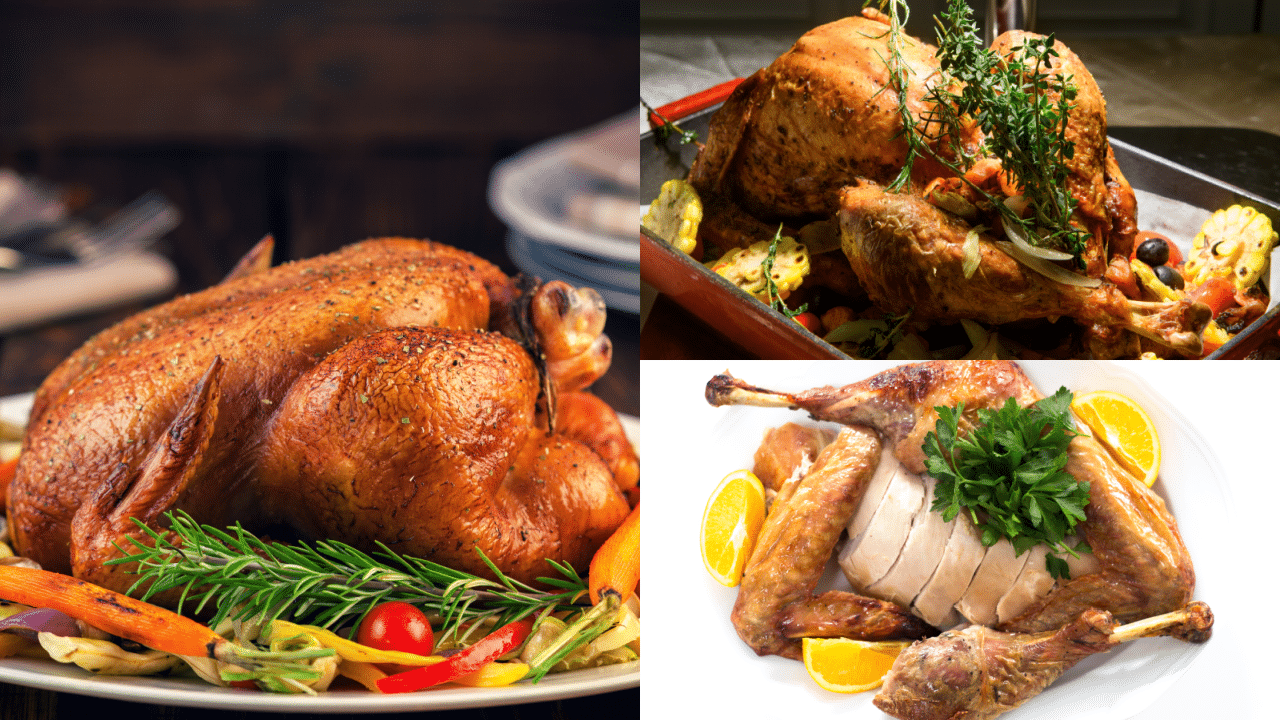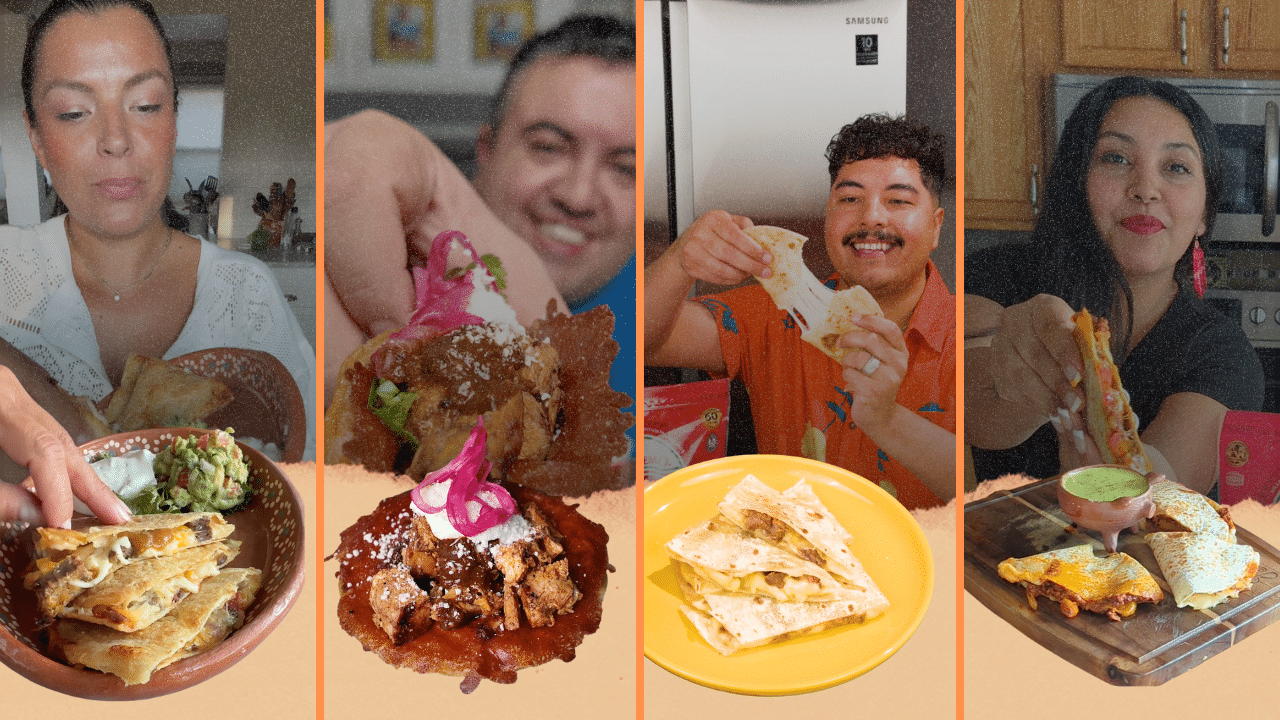Peanuts, Sugar & Confusion: Why Mazapán’s History Isn’t As Straightforward as People Think
Whether for good or bad, food has a unique way of tying itself to our senses. Desserts, in particular, hold a special place in all our hearts. The adage does say, “There’s always room for dessert,” for a reason. For marzipan, also known as mazapán, folks everywhere have key memories tied to it.
According to Food Network, this sugary confection creates little molded shapes folks can put on cakes. One of it’s most popular shapes? Carrots. Typically, mazapán is seen during the holiday season, but despite its popularity, the true origins of this dessert are somewhat messy.
Some say that mazapán has European roots, but the exact point of origin is disputed
Typically, marzipan is made from almond paste or crushed almond powder. However, Serious Eats Points out that some countries regulate the amount of almond powder used. This effort ensures that things like apricot kernels aren’t used as substitutes to cut costs.
The publication cites a local legend stating that marzipan was first made in Lübeck, Germany. The reason? A government’s need to feed its people.
The local senate of Lübeck ordered bakers to create something that would curb the effects of a famine in the 15th century. Bakers used eggs, sugar and almonds to substitute bread since flour was scarce.
Germany isn’t the only country this confection is linked to. Some link this dessert to Persia, Spain, Italy and China, making it challenging to determine where it comes from. Because of its dedication to the dessert, Lübeck saw a few local manufacturers band together to help preserve its integrity.
As Delighted Cooking notes, the Lubecker Marzipan Association was created in 1974 to help keep it an honest dessert. There, mazapán needs a minimum ratio of 30% sugar to raw almond paste. This is a stark difference from others with a 50-to-50 balance of sugar and almond paste.
Mazapán and Marzipan are more like cousins than they are siblings
Marzipan made its debut in what is now Mexico through the Spanish settlers. The Mexican government explains that the key difference between Mexican mazapán and its European counterpart is the ingredients.
To make Mexican mazapán, you would use ground peanuts and powdered sugar. The government’s website adds that peanut powder adds something truly special and unique to the confection.
The food blog Adán Medrano adds that corn is also used to make mazapán desserts in some places. The blog further details that bakers would not cook the dessert to preserve the cacahuate (or peanut) flavor in it.
SpanishFood.com additionally notes how Venezuela uses cashews instead of peanuts or almonds to make their version of the sweet treat. The Philippines, another country that was under Spanish rule, also has its own version using the pili nut.
Mazapán is so versatile that folks use it in just about anything or as a sweet topper
This confection has a long history worldwide, and folks have begun to get creative with consuming it. A simple search will render many recipes, teaching you to make them at home. The home cook behind the Salty Cocina TikTok channel shared an easy recipe detailing how to make it.
One TikTok user was shocked at how easy it was to assemble, “Are you telling me mazapán is just peanuts and confectioners sugar?!?!?”
Other folks have used mazapán as a topper for pancakes or as the base of a shake.




